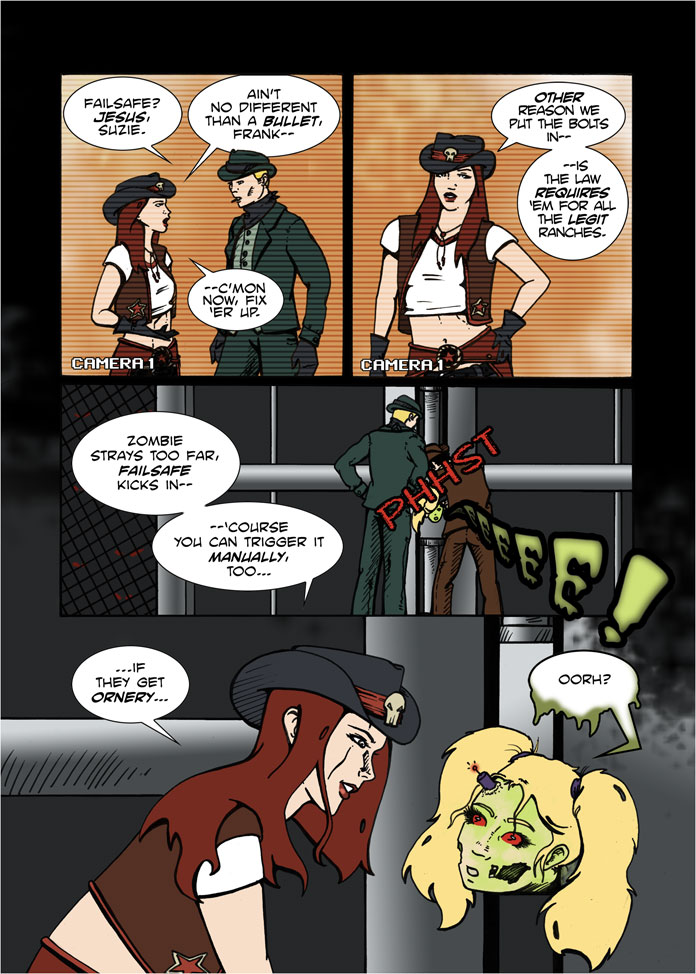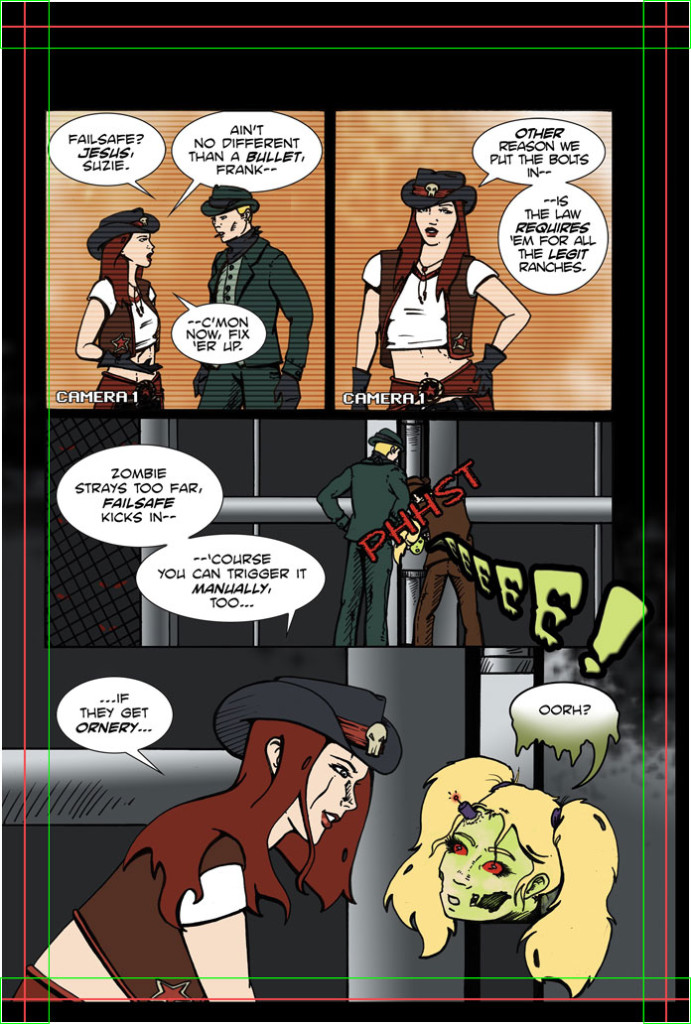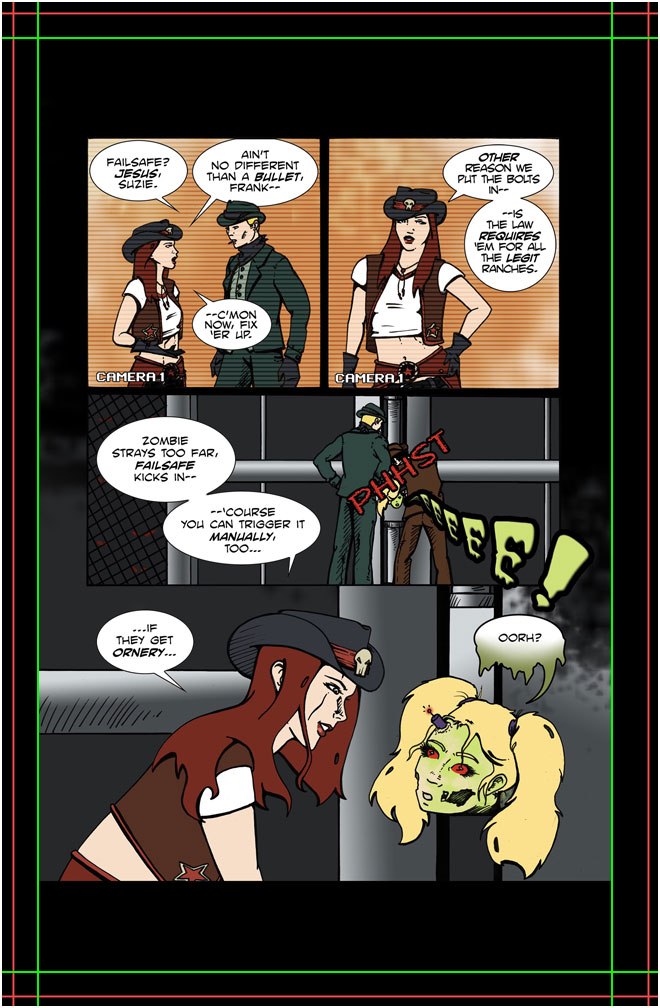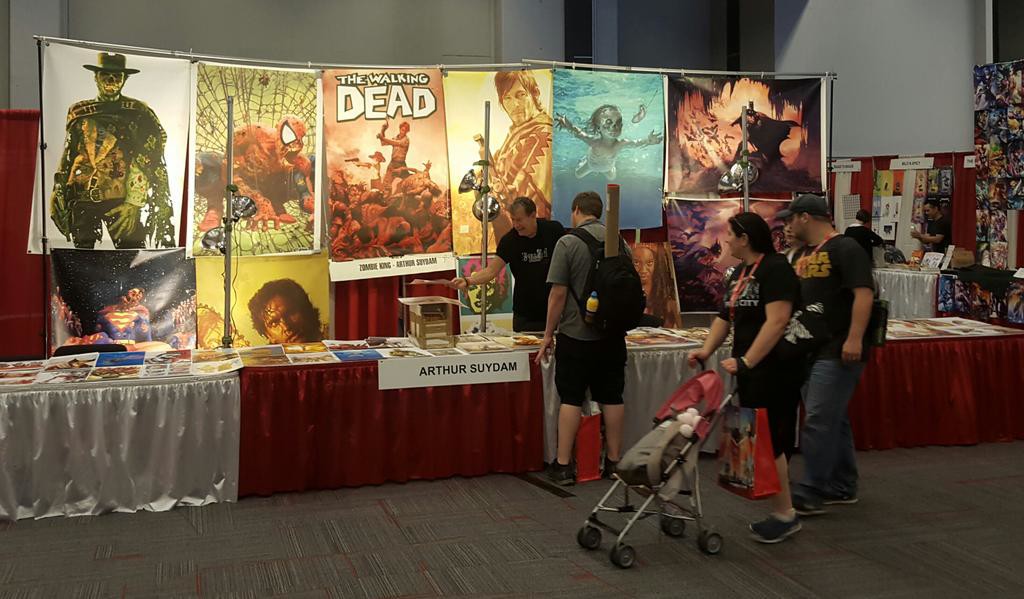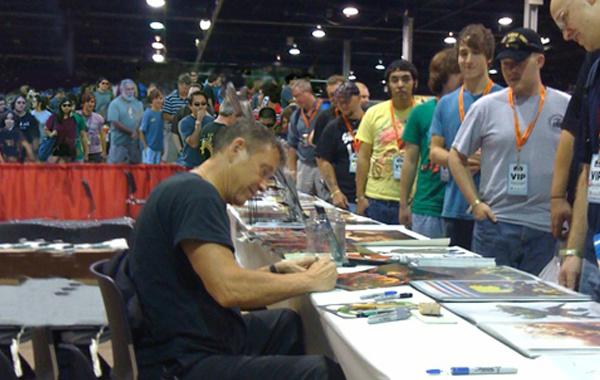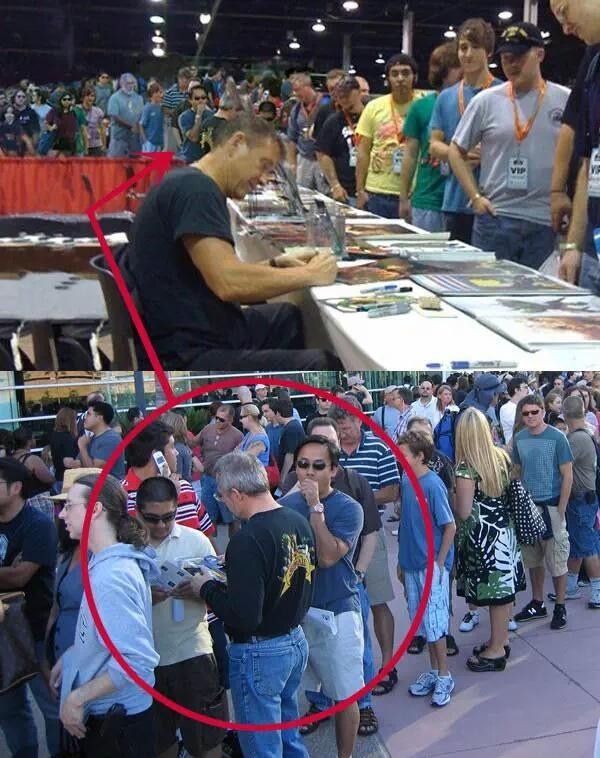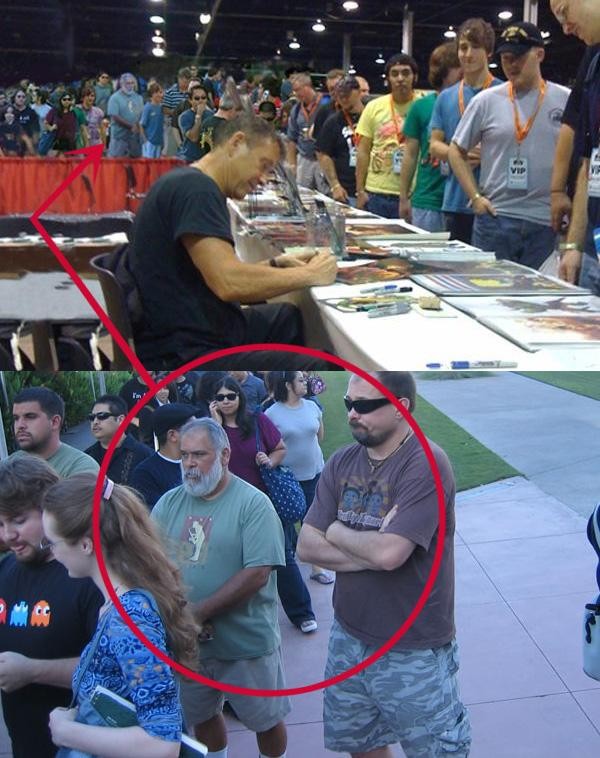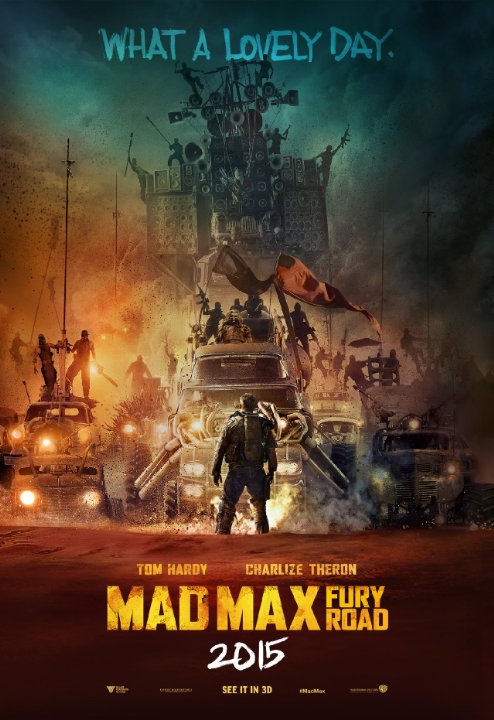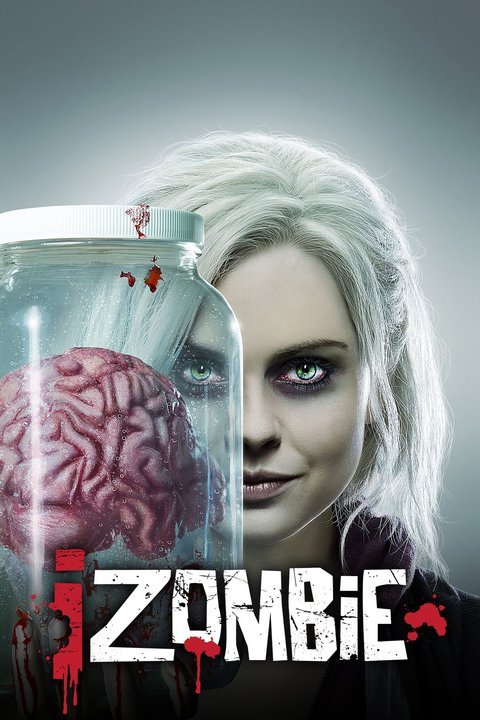A certain Princess of Alderaan once told her captors, “The more you tighten your grip… the more star systems will slip through your fingers.”
Then her home planet got blown up. But I digress. The point I perhaps want to get at here is that no matter how much you think you are prepared for your Kickstarter attempt, no matter how many successful or failed attempts you study, no matter how many peers who have been down the road before you that you query… you’re going to get surprised by some things.
For example, Kickstarter is very up front about the bite it’s going to take out of your funding if you reach your goal. No matter what, 5% of the money you raise is going to be shaved off the top as their cut for providing the platform, and in addition to that they indicate around an additional 3% to 5% will be collected for credit card processing fees. It wasn’t until towards the end of the campaign that I realized that elsewhere on their very site was a much more comprehensive breakdown.
It’s harder to find, and I suppose that’s not so weird when you consider that there are two variables that need to solidify into fixed totals, i.e. the number of pledges received and their individual amounts. You won’t know either of those for sure until the campaign is over, and even then you may not know for a while depending on how many collection issues there are.
Collection issues? Yes. What you may not realize and what your backers may not realize is that even though they make pledges and commit their credit card information, none of that is actually processed until the campaign is over. Kickstarter doesn’t check validity until that time, either, so for instance if you accidentally entered one of your old, expired credit cards on a pledge, it will seem to be accepted, only to bounce after the closing bell tolls. Same for if you were fine on your credit limit when you pledged on the first day, but a month later you don’t have enough room. In these cases the invalid pledges are flagged on the backer report and automated emails are supposedly sent out to the backers in question, who have a week to address whatever issue caused the bounce before Kickstarter discards the pledge. Be aware of this.
Also be aware that when Kickstarter warns that it may be up to 14 days after close of the campaign before funds are transferred to you, they mean it. In our case we had some invalid pledges but all of them got corrected before the 7 day deadline was up. It still took the full 14 days before Kickstarter released the money, which in fact was right to the minute on a Sunday evening, meaning it was most likely not the result of any person being involved. That’s a two week delay, plus whatever time it takes for your bank to verify the transfer, and I don’t remember reading any Kickstarter guides that mention this fact. If you’ve got some money or credit to work with you could start your purchases before that point, but there’s where it would really help to know exactly how much you’ll have to work with, right? Well, happily I can report that as soon as all pledges were verified I used that breakdown guide I linked above and the total I came up with was indeed what we ended up getting. Still, if you don’t have any extra money to spare, you should factor in those extra two weeks to any fulfillment that requires you to make purchase orders.
I remember prior to the campaign asking some peers who’d done Kickstarters how much I should be worried about declined pledges and factoring them into calculations, and they answered they hadn’t ever really had problems. This turned out to be the case for us as well, but it also turns out I had perhaps asked the wrong question. I should have asked about cancellations.
No one I talked to or looked up prior to the Kickstarter had anything to say about cancellations. Perhaps that was just a research failure on my part, since after the fact I managed to dig up some articles. As it was, I was unprepared for it to happen. It wasn’t the last minute, it wasn’t the result of a recent update, it wasn’t anything I could really figure out, but suddenly in the third week of the campaign, over the course of a few days about four separate people pulled their pledges. When they do so, you lose track of them, so unless you were in contact with them beforehand you no longer have a way to get in touch. That’s probably intentional on Kickstarter’s part to prevent people from being harassed, but it can leave you a tad fretful as a project runner. For this is the quirkiest bit: when a backer cancels a pledge they’re asked to give their reasons why, but those reasons are only sent to Kickstarter, never to the project runner — not even in a vague sense.
That means your backer could have spent entire paragraphs apologizing and stating their life reasons on why they had to cancel and that it’s nothing personal, and all you’ll ever know is that they left. And on their end, they might not be aware you never got to read why. You’ll also perhaps wonder, as I did, how many pullouts might be considered ‘normal’ for a project since you hadn’t heard anyone talking about it at all. The answer, if you’re curious, appears to be around 5%. We ended up with four cancellations during the course of the campaign, one of whom actually ended up renewing before it was over, so that was well within the margins. If you know what those margins are. One of the others later got in touch with me through the Zombie Ranch site to let me know he ended up with some unexpected financial issues. The other two, I’ll probably never know.
It’s just something that happens, so be prepared. Pledges can be freely made, canceled, altered up or down, or remade for most of the campaign, with one exception: if canceling your pledge would take the project below it’s minimum goal, it cannot be done in the last 24 hours of the campaign without contacting Kickstarter customer service to explain the special circumstances. Obviously that’s to prevent someone ruining the entire project’s funding by a last-minute pullout, which otherwise would potentially be a very effective dick move. Still, as far as I know there’s no such limits on if the pledge won’t kill the minimum goal, which means to keep in mind that any of your stretch goals are vulnerable.
It’s customary to mark off stretch goals as they’re reached in the course of the campaign, with much congratulations and thanks. It’s possible, however, that cancellations or invalid pledges after the fact could leave you without the money you actually needed to enact them. We had no last-minute cancellations, but at the end of the campaign we only met our stretch goal with $15 to spare, and then we ended up with those three invalid pledges I talked about earlier. Had all of those pledges been dropped, we would have lost enough money that we would have had to backtrack and announce that the stretch wasn’t met after all, which would have been both disappointing and embarrassing.
How can you account for that? Well, the scary thing is you really can’t. You won’t know how many cancellations you get until the campaign is over, and you won’t know how many pledges get dropped for payment issues until up to a week after. So I suppose you just have to have a certain measure of faith, or better yet a significant buffer in your calculations. When facing the unknown, it helps.









